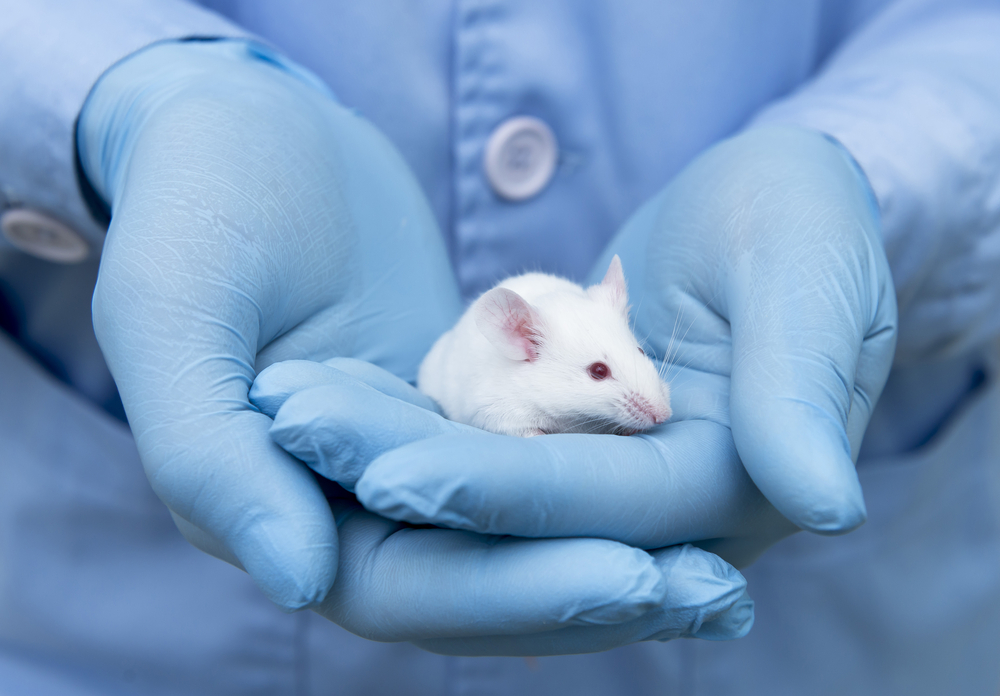Dietary Silicon-based Antioxidant Agent Prevents Parkinson’s in Mouse Study

A new dietary silicon-based antioxidant agent prevented neurodegeneration, and motor balance and coordination problems, in a mouse model of Parkinson’s disease.
By promoting production of the antioxidant molecule hydrogen, the agent also was shown to prevent kidney failure in a rat model of chronic kidney disease, another condition associated with oxidative stress.
Oxidative stress is an imbalance between the production of potentially damaging molecules called reactive oxygen species (ROS), and the ability of cells to clear them with antioxidants.
“These are striking results that show that our Si [silicon]-based agent is effective in preventing the progression of chronic kidney disease and Parkinson’s disease in well-established animal models,” Shoichi Shimada, the study’s co-senior author at Osaka University, in Japan, said in a press release.
“Our findings could provide new insights into the clinical management of patients with these diseases, for which currently no curative approach exists,” he added.
The study, “Renoprotective and neuroprotective effects of enteric hydrogen generation from Si-based agent,” was published in the journal Scientific Reports.
Oxidative stress contributes to a number of conditions, including neurodegenerative diseases such as Parkinson’s and Alzheimer’s, as well as cancer, kidney failure, and diabetes.
In Parkinson’s, high levels of oxidative stress are thought to be closely associated with a dysfunction in mitochondria (the cell’s powerhouses), ultimately leading to the death of dopamine-producing, or dopaminergic, neurons.
Notably, not all ROS are alike, and while hydroxyl molecules are the strongest oxidant ROS and highly damaging to tissues, other ROS are part of the normal immune response.
Therefore, “eliminating only hydroxyl radicals is important to avoid disrupting normal physiological processes,” said Yuki Kobayashi, lead author of the study.
Several therapeutic approaches to reduce hydroxyl-based oxidative stress have been focused on hydrogen, a molecule that reacts only with hydroxyl molecules among ROS and can rapidly diffuse into tissues and cells.
However, approaches so far — such as inhaling hydrogen gas, drinking hydrogen-dissolved water, or injecting hydrogen-dissolved saline solution — have shown limited results, including in Parkinson’s disease.
“We wanted to develop a new dietary agent that efficiently enables the elimination of damaging hydroxyl radicals,” Kobayashi said.
To do so, the team of researchers at Osaka University developed a new antioxidant agent based on tiny particles (nanoparticles) of silicon, previously shown to produce hydrogen in contact with water.
The new oral agent was found to produce high levels of hydrogen for more than 24 hours in an environment similar to the intestine (the target organ, as from there hydrogen can enter circulation and spread throughout the body). These levels were the equivalent of drinking 22 liters of hydrogen-rich water.
To assess whether this was enough to have therapeutic benefits, the researchers looked at the effects of administering the agent to a mouse model of Parkinson’s disease and a rat model of chronic kidney disease.
The Parkinson’s mouse model was based on the injection of oxidopamine, a compound known to promote the loss of dopaminergic neurons in substantia nigra (a brain region rich in such neurons and affected in Parkinson’s), into one side of the mice’s brain.
Results showed that feeding oxidopamine-injected mice with a silicon-based agent-containing diet reduced the loss of dopaminergic neurons and prevented impairments in motor balance and coordination, compared with those fed a normal diet.
The researchers noted there was no remarkable difference in motor activity between the two groups, which may be explained by the partial neurodegeneration in the injected side of the brain and the presence of dopaminergic neurons in the non-injected side.
The agent also prevented oxidative stress and kidney damage in the chronic kidney disease rat model.
“Only hydrogen generated from Si-based agent is absorbed in the body, while Si-based agent is hardly absorbed, and therefore, Si-based agent is thought to be physiologically highly safe,” the researchers wrote, adding that no safety concerns were found in these mice.
These findings highlighted that the new dietary silicon-based antioxidant agent has neuroprotective and kidney-protective effects and may be “an innovative approach to treating a wide variety of diseases mediated by oxidative stress,” the researchers wrote.






